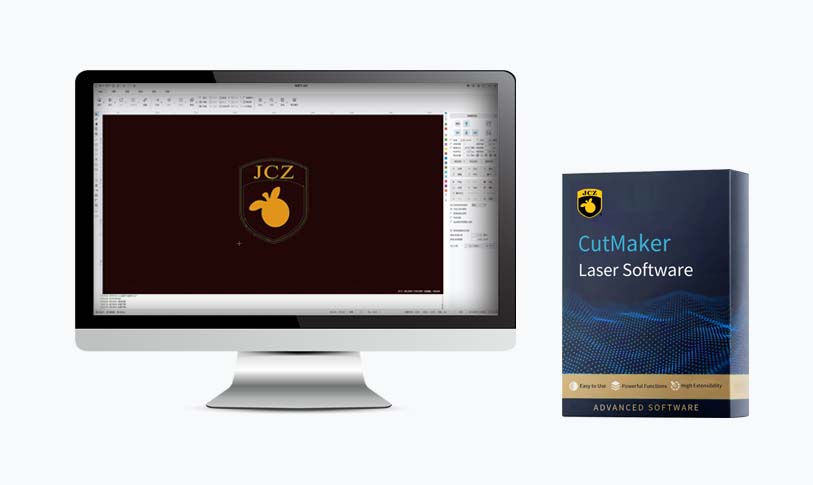[co2 fiber laser]CO2 Fiber Laser: A Revolution in Precision Cutting and Engraving Technologies
News 2025-4-29
The CO2 fiber laser is revolutionizing precision cutting and engraving technologies, offering remarkable improvements in speed, precision, and efficiency over traditional cutting methods. This innovative technology has quickly become a leading choice for a wide range of industries, including manufacturing, medical, automotive, and more.
What is a CO2 Fiber Laser?
CO2 fiber lasers are high-power laser systems that use a gas-filled fiber to generate a laser beam. The CO2 gas plays a crucial role in generating the laser's power and beam quality, providing a highly concentrated source of light that can be precisely controlled. This technology offers significant advantages in terms of versatility, durability, and precision cutting capabilities.
Advantages of CO2 Fiber Lasers

CO2 Fiber Laser: A Revolution in Precision Cutting and Engraving Technologies
2. Precision: The precision offered by CO2 fiber lasers is unparalleled. With a high-quality beam and precise control over the laser's parameters, it is possible to achieve accurate cuts and engravings with minimal errors.
3. Efficiency: CO2 fiber lasers offer high efficiency in terms of energy usage and operational costs. They require less maintenance compared to traditional cutting methods and have a longer lifespan, resulting in reduced downtime and increased productivity.

CO2 Fiber Laser: A Revolution in Precision Cutting and Engraving Technologies
Applications of CO2 Fiber Lasers
CO2 fiber lasers have numerous applications across different industries. In the manufacturing industry, they are used for cutting and engraving metal components, plastic parts, and other materials. In the medical industry, they are used for surgical procedures, marking medical devices, and manufacturing medical components. In the automotive industry, they are used for cutting and engraving car parts, creating custom designs on vehicle bodies, and more.
Moreover, CO2 fiber lasers are also used in the electronics industry for precision cutting of circuit boards and components, in the jewelry industry for engraving metal jewelry, and in the graphic arts industry for cutting paper, fabrics, and other materials.
Conclusion
